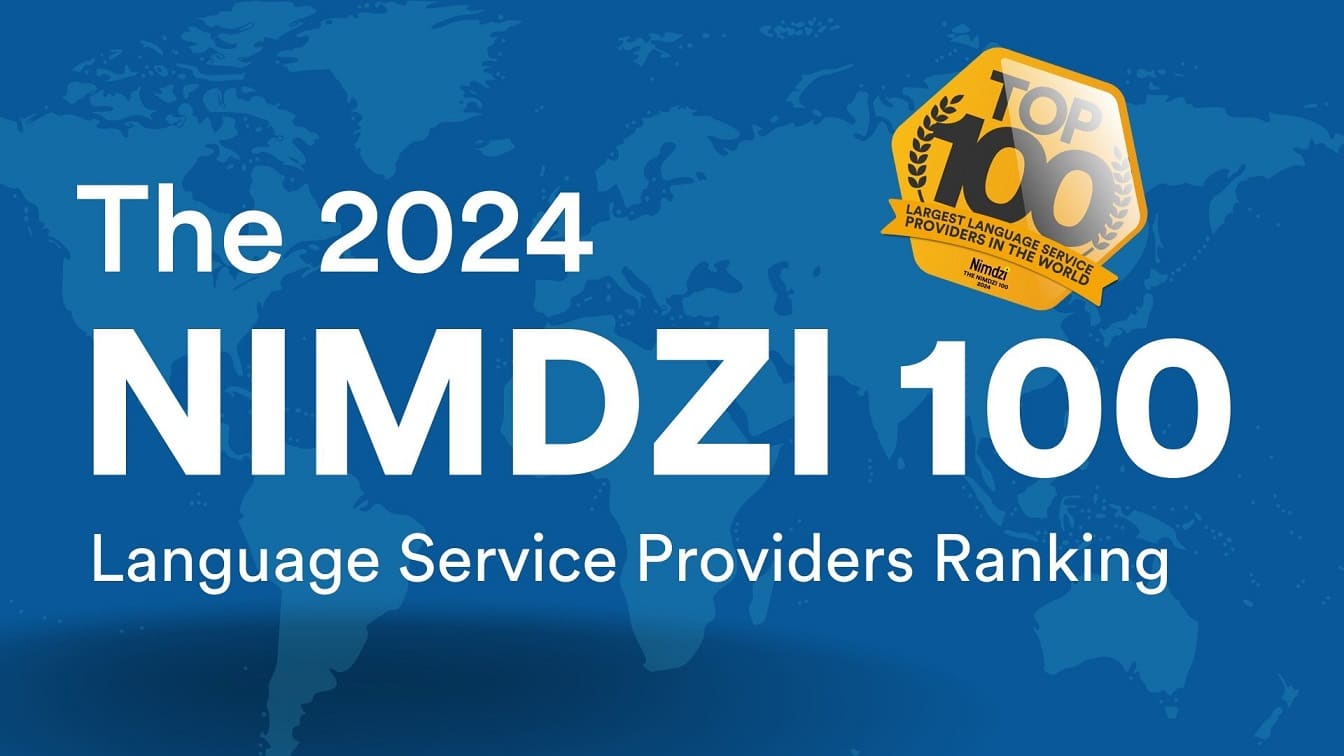Statistics show that 1.3% of currently enrolled students are Deaf, and 30.8% of those have a learning disability. With the end of the fall semester approaching, it’s an excellent time for educators to take a closer look at the methods and tools they use for instruction. Those tools should ensure educators are meeting the needs of all of their students.
Along with the increase in distance and hybrid learning, schools are now serving a more diverse student population. Many of those individuals are likely to have a disability. To help students who are Deaf succeed, educators can enlist these strategies to foster positive educational outcomes for these learners.
Tools, Services & Technology to Help Students Who are Deaf
To ensure students who are Deaf are able to reach their academic goals, educators should keep in mind these considerations and strategies.
Live Streaming Tools
Educators can integrate live captioning and note-taking tools into class live streams on platforms like Zoom or Webex. These tools ensure students who are Deaf receive equity and the ability to follow along in real-time and participate in class alongside their peers.
Speakers and Microphones
Some students need their instructor’s speech amplified to be able to understand them. Quality speakers and microphones in classrooms or virtual courses help ensure strong audio so that students can hear lectures at a higher volume or through an FM system if desired.
Sign Language Interpreting
Interpreting services are crucial for students who are Deaf that communicate using sign language. Emerging AI sign language technologies allow for more communication between students who are Deaf and other students. However, using a professional sign language interpreting service is a best practice for those students who rely on this form of communication.
Captioning and Transcription Tools
Adding captions to lecture recordings and other instructional videos, as well as providing transcripts of everything the instructor mentions provides students who are Deaf more viewing flexibility and references. This approach allows them to comprehend and study more effectively. Speech-to-text software like Verbit’s also supports the needs of students who are Deaf. Captions serve to increase engagement and comprehension thereby promoting better learning.
Interactive Whiteboards
Portable or classroom-installed interactive whiteboards (IWBs) are beneficial for sharing text, audio and video with students in real-time. Students who are Deaf benefit from IWB, as they can sometimes be very visual learners.

Instructional Strategies to Aid Students Who are Deaf
Educators can complement effective technologies with these instructional strategies proven to help students who are Deaf as well:
Design for Accessibility
Create course content with accessibility in mind from the get-go. Creating accessible versions of content before sharing it will ensure that all students have access. Using caption software like Verbit’s and scheduling CART live captioning ahead of time for any live-streamed classes is the best practice.
Supply Ongoing Support and Assistance
Provide ongoing support to students who are Deaf by offering multiple opportunities to connect. Strategies like setting aside specific times for one-on-one sessions or providing “walk-in” windows where students can join a virtual meeting room are useful communication techniques. Additionally, doing this can help instructors become aware of students who are struggling so they can find solutions.
Use Visual Aids When Possible
Create visual aids such as graphics, overhead projectors, diagrams and charts. These can be useful for students who are Deaf because many benefit from visualizing concepts and ideas.
Provide Written Resources
Students who are Deaf benefit from receiving their classroom material in a written format to ensure they fully understand their assignments. Written formats provide them with an opportunity to go back and review requirements. For example, if they missed something the instructor said in class.
Use Accessible Body Language
In addition to using sign language to communicate, some individuals who are Deaf prefer to use lip or speech reading. To address this, instructors can make their body language more accessible. Some steps they can take include ensuring you face the class when speaking, as well as talking clearly and audibly. These useful techniques help make sure students who are Deaf can follow along in class.

Consider a Partner with Proven Success
Offering multiple learning methods and flexibility are key to ensuring success for students who are Deaf or hard-of-hearing. However, having an expert as a partner can make a significant difference.
Verbit is helping educators at George Brown College, the University of Arizona and many others serve the needs of students who are Deaf and others with disabilities. Verbit offers accessibility tools such as captioning, audio description and transcription. Reach out to us today to learn how our solutions can benefit your institution.




